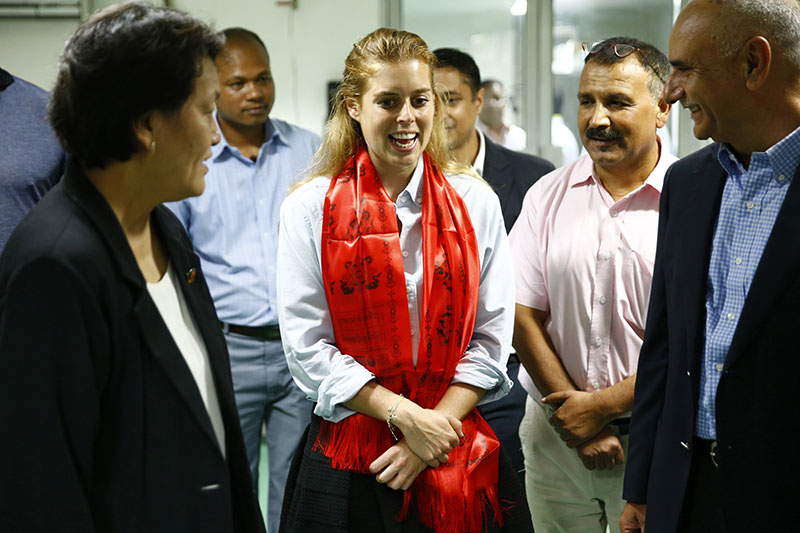Tilganga Eye Hospital applies ‘Robin Hood’ effect to treat blind people
- The hospital charges more from rich patients to cover the costs of those who cannot afford treatment
Kathmandu, October 2
Krishna Bahadur Malla, 53, of Bajura was completely blind until very recently. Malla, who went blind six years ago, underwent a cataract surgery at Tilganga Institute of Ophthalmology last week, restoring his eye sight.
Hospital Administrator Bhagirath Baniya said, “Malla was very happy when he saw the world again.” Baniya said that Malla used to need help even to go to the toilet.
Malla’s family could not afford a cataract surgery. The hospital operated on him for free and also provided him medications.
Baniya said Malla’s treatment was covered by the hospital’s application of the Robin Hood effect, an economic theory where income is redistributed to reduce economic inequality. The hospital has been applying this theory for years to carry out cataract surgeries.
“This theory is obsolete in the world today, but we have been successfully implementing it in our hospital,” Baniya said. Every year, the hospital provides free treatment and surgeries to over 45,000 people under the Robin Hood effect programme.
The hospital charges more from patients with good income to cover the medical costs of those who cannot afford treatment otherwise. With the application of this programme, the hospital has also been operating 14 community eye hospitals in mountainous districts without any financial assistance from the government.
Baniya claimed that people from western countries have been paying attention to the method successfully applied by the hospital.
Today, Princess Beatrice of York had visited the hospital and inquired about the method successfully applied by the hospital. “The Princess was inquisitive about the method we have been applying and inquired about the possibility of applying the method in other countries,” Baniya said. Senior Public Relations Officer at the hospital Sonu KC said that Princess Beatrice visited the hospital to get first-hand information about the services offered.
“We also spend the revenue from production of intra-ocular lenses to run community hospital,” KC added.
RELATED COVERAGE:






